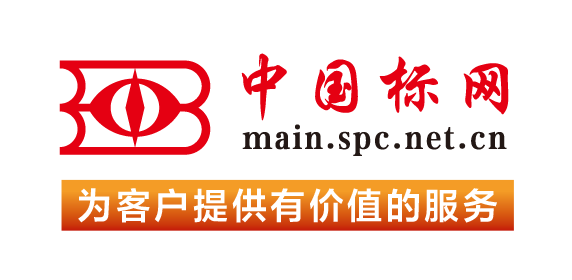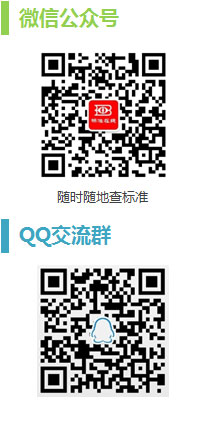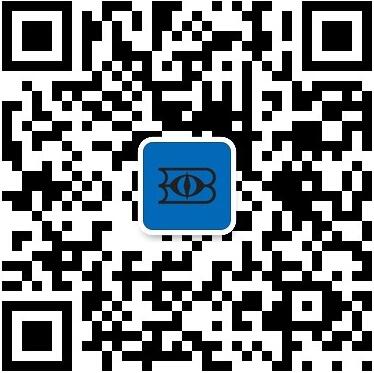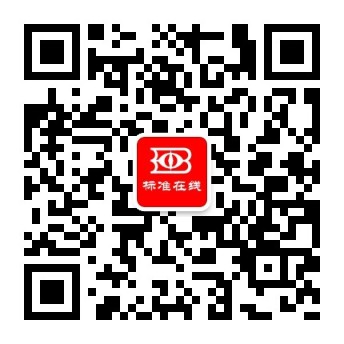5.1 This procedure should be used for in vivo evaluation of the performance of antibacterial handwash products that are intended to reduce the skin micro flora following repeated use. Activity against the combined transient and resident micro flora may be assessed. Historically counts from the first basin are considered to be transients.4 ,6 The latter measurement is probably more meaningful as the resident population is more stable.5.1.1 This test method is applicable for testing all forms of topical antimicrobial handwash formulations.1.1 This test method covers determining the effectiveness of an antibacterial handwash for reducing the level of aerobic bacterial flora on the hands, following an extended period of use.1.2 A knowledge of microbiological techniques is required for these procedures.1.3 In this test method metric units are used for all applications, except for distance. In this case, inches are used and metric units follow in parentheses.1.4 Performance of this procedure requires the knowledge of regulations pertaining to the protection of human subjects. (Title 21 CFR, Part 50).1.5 The values stated in SI units are to be regarded as standard. No other units of measurement are included in this standard.1.6 This standard does not purport to address all of the safety concerns, if any, associated with its use. It is the responsibility of the user of this standard to establish appropriate safety and health practices and determine the applicability of regulatory limitations prior to use.
定价: 515元 加购物车
4.1 The term “surface texture” is used to describe the local deviations of a surface from an ideal shape. Surface texture usually consists of long wavelength repetitive features that occur as results of chatter, vibration, or heat treatments during the manufacture of implants. Short wavelength features superimposed on the long wavelength features of the surface, which arise from polishing or etching of the implant, are referred to as roughness.4.2 This guide provides an overview of techniques that are available for measuring the surface in terms of Cartesian coordinates and the parameters used to describe surface texture. It is important to appreciate that it is not possible to measure surface texture per se, but to derive values for parameters that can be used to describe it.1.1 This guide describes some of the more common methods that are available for measuring the topographical features of a surface and provides an overview of the parameters that are used to quantify them. Being able to reliably derive a set of parameters that describe the texture of biomaterial surfaces is a key aspect in the manufacture of safe and effective implantable medical devices that have the potential to trigger an adverse biological reaction in situ.1.2 This guide is not intended to apply to porous structures with average pore dimensions in excess of approximately 50 nm (0.05 μm).1.3 The values stated in SI units are to be regarded as standard. No other units of measurement are included in this standard.1.4 This standard does not purport to address all of the safety concerns, if any, associated with its use. It is the responsibility of the user of this standard to establish appropriate safety and health practices and determine the applicability of regulatory limitations prior to use.
定价: 590元 加购物车
 我的标准
我的标准 购物车
购物车 400-168-0010
400-168-0010











 对不起,暂未有相关搜索结果!
对不起,暂未有相关搜索结果!













